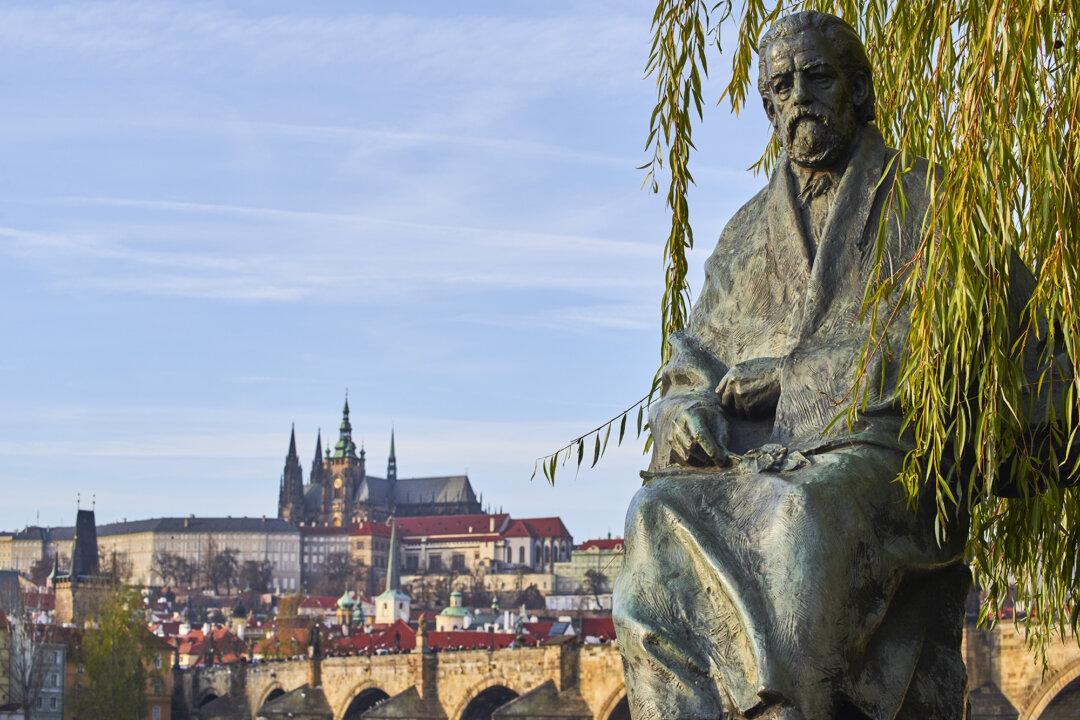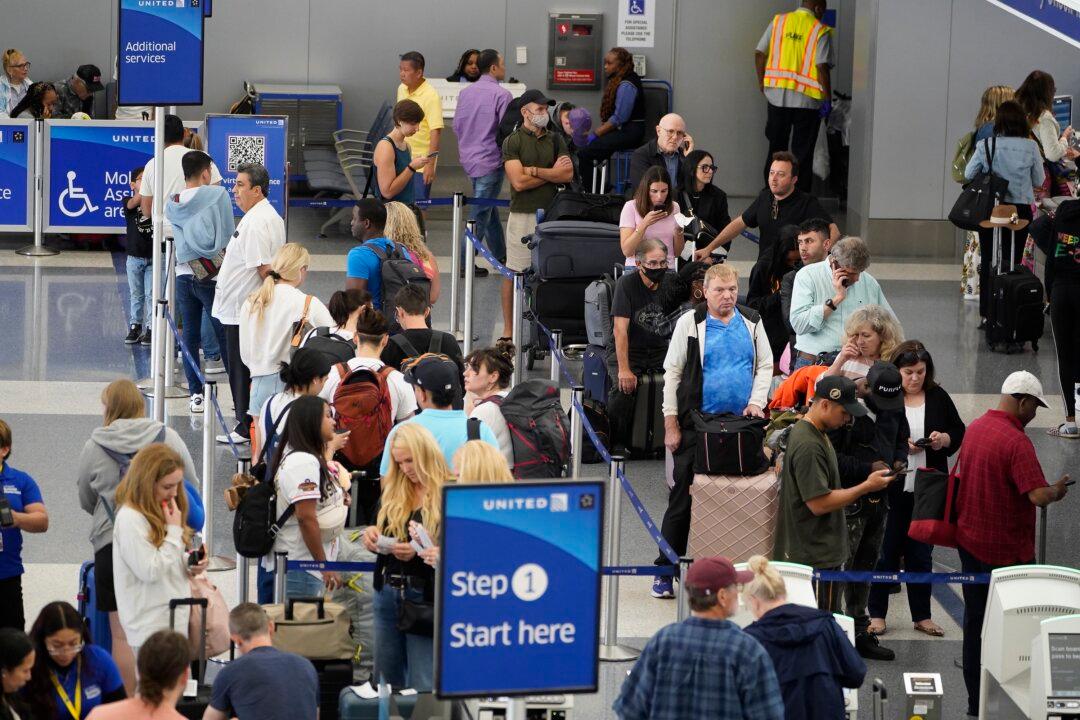The night was already warm, the heat of a Central American scorcher easing into a rather pleasant evening, gentle breezes sweeping away the humidity. But the fire was already stoked, the flames flicking, the coals ready to cook. Arriving under a little palapa, a thatch-roofed hut purpose-built into the larger bar area of the resort, I followed the smell of a campfire and found two sisters, busy and already well into their meal preparation.
Wearing traditional hand-embroidered clothing made by their aunt, they chattered back and forth, their rapid conversation punctuated by bursts of laughter, their feet and hands never stopping their perpetual motion. Clocking my arrival, they welcomed me to take a seat at the single table situated near the fire, explaining everything that was taking place amidst their whirlwind of activity.
“Since ancient times, we’ve cooked over this kind of fire,” smiled Clarita de la Fuente, noting that it remains a simple, practical way to make meals, with firewood gathered just from around their yard. “It’s very cheap, very easy, and the food comes very delicious—I’m telling you the truth.” The U-shaped stove is made from red clay dug by hand from the ground, mixed with limestone and water.
The cooking implements have been used for centuries, the recipes, handed down through generations. Yes, it’s about the food, preparing a beautiful Mayan meal for their families and friends (and, tonight, for me). But this is about living history, too—one that’s actually edible.

I was in the Central American country of Belize. A small, English-speaking nation with fewer than half a million residents, you can drive clear across it in a few hours. Still, the country is home to great diversity, with the largest coral reef in the Americas on one side, verdant rainforest on the other, and a fascinating mix of ethnicities and cultures.
The recorded history stretches deep, with the first Mayan settlements forming around 750 B.C. across the Yucatan Peninsula, here, and in present-day Mexico, Guatemala, and others. This sophisticated civilization spawned sprawling city-states, trade networks, observatories that charted an accurate astronomical calendar, a play-to-the-death ball game, and an unmistakable architecture.
Now excavated, at least in part, I experienced these vast plazas and soaring pyramids at a number of impressive archaeological sites. At Caracol, I climbed to the top of Caana—“place of the heavens”—at 14 stories, still the tallest structure in the country. At Cahal Pech, right in the modern town of San Ignacio, I walked through what was once the grand residence of elite families, the structures growing smaller and more intimate as you proceed further inside. And at Xunantunich, which peaked around 700 A.D., I rode a hand-cranked cable ferry across the Mopan River, walking past the central pyramid, El Castillo, in plazas and fields that were once home to 20,000 people.
But while looking back is fascinating, Mayan language and culture are very much alive today in Belize. I chatted with locals about the language, which is still spoken by some 6 million people. And I even learned about the importance of plants and flowers that grow all around in the rainforest, which ancient Mayans used to cure all sorts of ailments, both chronic and acute.
And of course, you can taste it, too. Fuente and sister Amrita Cocum live in San Jose Succotz, right near the end of that cable ferry, just a few miles from the Guatemalan border. They explained that it’s not just the cooking—it’s the growing, too. Most traditional Mayans were farmers, and today they remain experts at raising crops. “This is my father’s corn,” said Fuentes, noting that his simple half-acre plot produces a cornucopia of other fresh foods, including sweet potato, beans, pumpkins, and plantains, all organic and chemical-free. “We still love to grow things,” she said proudly.
The two sisters have been teaching traditional cooking classes together for seven years and have their favorite dishes, including stewed chicken, and rice and beans. Fuente loves making chicken soup, Cocum, a cow’s foot soup chock-a-block with fresh veggies. But tonight we were making tamales. At the friendly but firm insistence of the two women, I got my hands dirty.
Corn was a staple crop for those Mayans who cultivated the fields around Caracol and Xunantunich, and tonight we chopped off the nubs of the cobs, peeling and preserving the husks. Nothing is wasted. We cut off the kernels, putting the empty cobs in the boiling water for extra seasoning. Using a mortar and pestle, we ground the corn into a paste, using it to hand-make tortillas. The ones made by my instructors were perfect. Mine were ragged and rather irregular. The women smiled and encouraged me, nonetheless.
Same for the tamales. Filling the husks with corn and chicken, complete with green pepper, garlic, onion, and cilantro, mine was way too big, and not nearly tight enough, the ingredients leaking out onto my hand. No matter, the instructors said. It will all taste good. You’ll love it.





